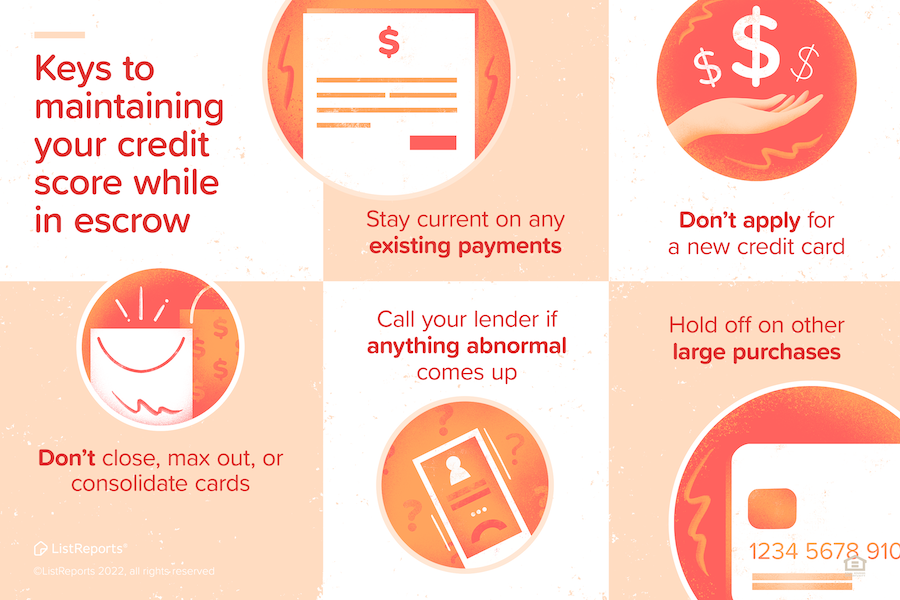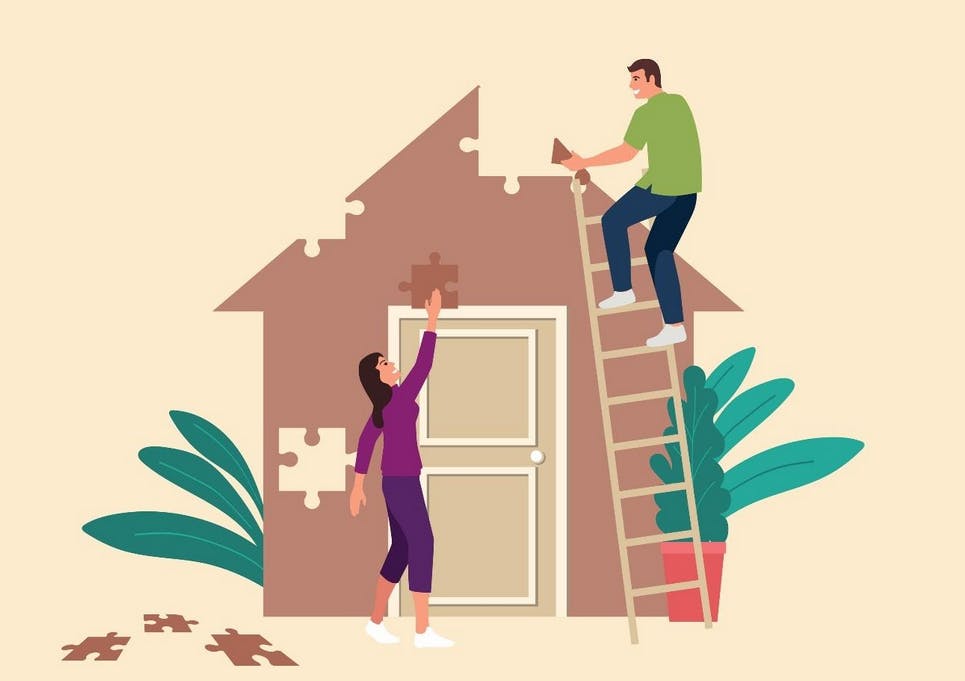Now that the moratorium on rent increases has been lifted, many landlords are catching up on lost revenue and higher costs by raising the price to be one of their tenants.
The median-priced rent for a one-bedroom home in Seattle was $1653 in January, up 23% compared with the same time last year, according to website Apartment List. Rents were as much as 10% higher year-on-year for a single-family home in King County and up to 21% higher for a multi-family unit.
Not having control over one of the biggest household expenditures should prompt renters to think about buying. But how does someone take those first steps toward the first rung of the property ladder?
If you are a regular reader of my blog, you may have seen one of my first posts – back in 2018 – urging buyers to get their household finances in order. That’s a good start, but what does that mean?
The key to achieving homeownership is to understand what’s within your financial reach. Begin by reviewing personal finances and making any necessary changes to improve your bottom line. For example:
- Watch your debt. A lender typically wants your monthly debt to be no more than 43% of your monthly income. This is your debt-to-income ratio; the lower the number, the longer a consumer can live without a job.
- Pay off credit cards. Start with the card with the highest interest rate – the debt that is causing you the greatest “pain” – by paying it or transferring the debt to a lower-rate card.
- Determine how much home you can afford. Based on your income and debt, figure out how much you are comfortable borrowing for a home by determining what you can pay back each month. Remember: What you are paying in rent today can go toward the mortgage tomorrow. Your lender will help to determine your LTV, or loan to value ratio. That’s the highest amount a bank will lend to finance a property. The financial institution will lend a customer money based on his/her overall income and base the loan on how much money the applicant has after paying the mortgage.
- Review your credit report. A bad credit score or incorrect information on the report could set you back for years. Know what the reporting agencies – Equifax, Experian and TransUnion – are saying about you (especially when you share a common name and could be linked to wrong information). You can get a free credit score update at CreditKarma.com or your full report at annualcreditreport.com.
Most lenders review all three credit-agency scores. Why? Not every creditor reports to each bureau and lenders want to be sure all debt is accounted for.
Credit scores range from 300 to 850, with an average U.S. score in the low 700s. The figure is derived from a person’s payment history (35% of the score), total debt today (30%), length of credit history (15%), new credit application history (10%) and variety of credit used (10%). Mortgage companies tend to skew scores lower than what consumers see online.
Then there are the costs to purchasing a home. And we’re not just talking about the mortgage. We are referring to out-of-pocket costs before the keys are handed over.
Lenders will review all your finances and determine what loan ceiling fits your circumstances. They expect you to have enough assets, such as cash and securities, to be able to pay for the earnest money deposit, down payment and closing costs (though some of those costs may be added to the mortgage).
If you have, say, $20,000 in the bank, your parents have promised you $10,000 toward the down payment, and you have $100,000 in a retirement plan. You may think you have $130,000 in assets but the lender may beg to differ. Will your parents deliver on the $10K? Will the stock market dip before that $100,000 is withdrawn – and what about the fees associated with an early withdrawal?
The key is to have all available assets in one bank account in advance of the home purchase. Otherwise, the funds are considered “contingent” and not truly ready for their intended use.You may have a well-paying job, good credit scores and little credit card debt but still not be approved for the mortgage. Why? You may have high student loan debt, an annual obligation to pay for a luxury time-share in Hawaii or for a new car purchase that will put a dent into an applicant’s mortgage eligibility. (Don’t buy big-ticket items anytime near the home-purchase process!)

Let’s be optimistic and assume you get approved – or, better yet, fully underwritten – on a mortgage. Congrats! That means you have the funds, in the eye of the lender and loan underwriter, to pay for the home.
What should you be prepared to pay?
- Earnest money: 1%-3% of the purchase price
- Down payment: usually 3.5%-20% of the purchase price, ignoring the myths. (If a mortgage is 80% or more of the home’s sales price, buyers will be expected to pay mortgage insurance.)
- Home Inspection (unless buyers forego this step): $300-$750, payable on the day of the inspection
- Closing costs: 2%-4% of the purchase price (read more)
- Packing and moving costs (track key milestones)
- Miscellaneous (a grab bag ranging from a home warranty, condo move-in fees, or carpet cleaning before taking occupancy)
The interest rate attached to a mortgage varies by the applicant’s financial status. The better the buyer’s CIA (credit, income and assets) the lower the interest rate and the lower the mortgage insurance rate.
Household finances now in order? Great! Now, move confidently forward by contacting at least two mortgage lenders to see which one offers a good fit for you.




